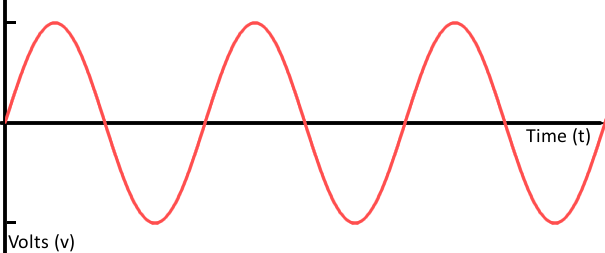Temperature Sensor Comparison
Analog vs Digital Sensor
Before we compare temperature sensors, it would be good to know differences between an analog and digital sensor.
Analog Sensor
An analog sensor takes a reading and outputs a smooth, continuous signal.
These are usually low cost and easy to use, which is great for beginners. However, they do require an analog-to-digital converter (ADC) to read the output. Microcontrollers (like an Arduino Uno/RedBoard Qwiic) have this built in (I've yet to come across one without an analog input). Single board computers (like the Raspberry Pi) on the other hand, do not have a hardware ADC and requires a dedicated chip to read the sensor.
Depending on the sensor, you may need to build an additional circuit to read or filter the signal. Sensor readings are more susceptible to noise from power supplies and other components in the circuit. The wire length may also affect the readings over long distances.
Digital Sensor
A digital sensor outputs a signal with discrete steps.
These can cost more. However, they are easier to include in a design since they require a serial protocol to the output. Microcontrollers and single board computers should have the basic serial protocols (I2C, UART, SPI) built in. You'll just need to make sure there is a library for the architecture and your preferred programming language.
Digital sensors may include additional features. No additional circuitry needs to be built if the chip is on a breakout board. These sensors are not as likely to be affected by the power supply and other components in the circuit. While serial protocols have limitations in the overall length, the sensor readings are not affect by the wire length like an analog sensor.

